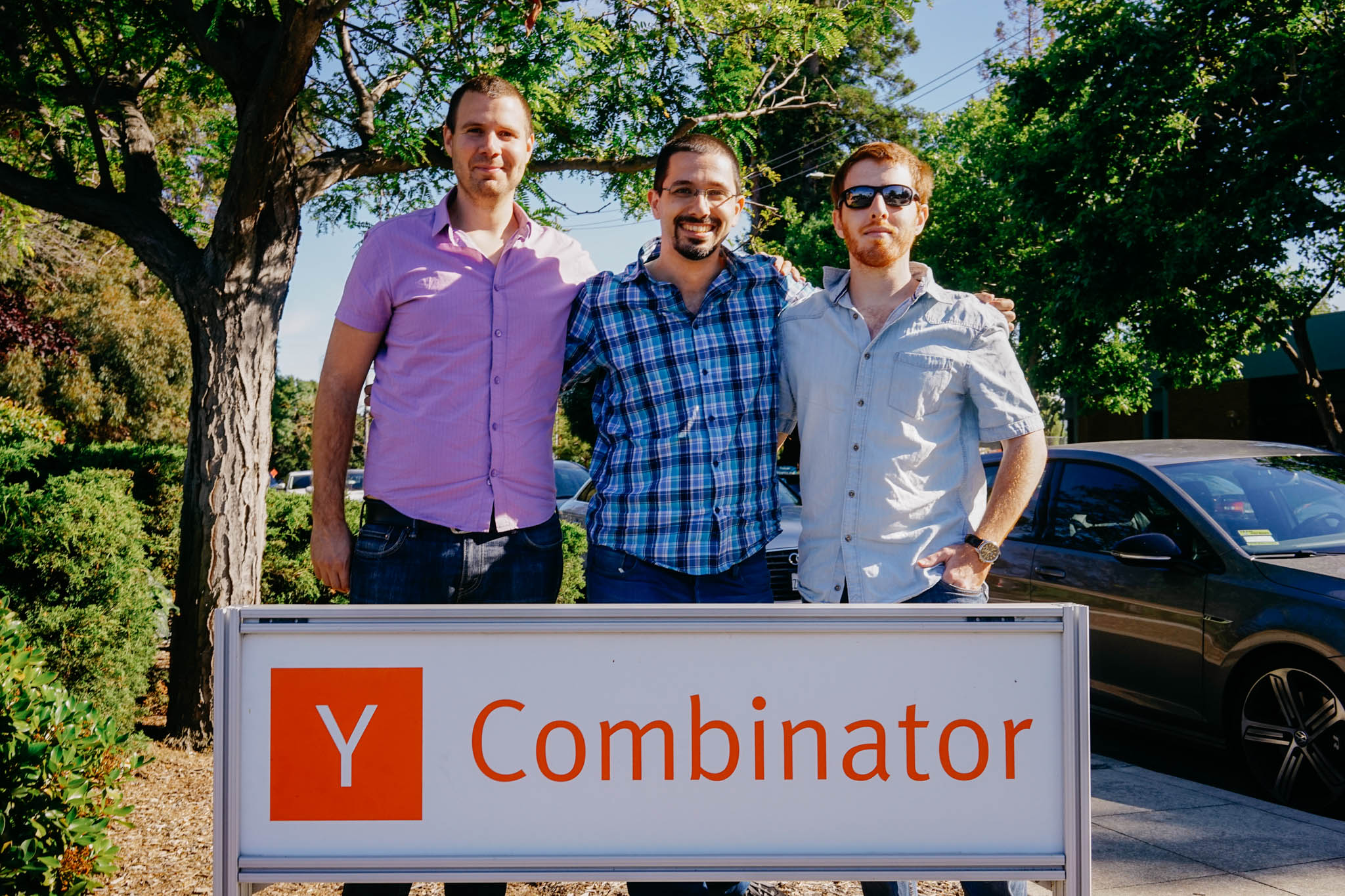NeoWize Increases Revenue by Personalizing E-Commerce Sites for New Users
by Y Combinator8/8/2016

NeoWize is a personalization service for ecommerce companies. It surfaces relevant products to new users up to 10x faster than current solutions. We sat down with Omer Nevo to talk about how he’s helping companies increase their revenue by 10-30%.
What YC Liked About NeoWize:
“NeoWize appealed to us because it is an obvious revenue generator for any ecommerce website and it is very easy to prove value to ecommerce operators: simply offer a free trial running on a percentage of traffic and observe revenue lift. We also loved the team’s deep experience in the space and thought they could make a kick ass product.”
-Justin Kan, Partner at Y Combinator
How did you come up with the idea for NeoWize?
I had been doing machine learning algorithms research for over a decade – and we wanted to find an application for it that would help e-commerce site owners. We started asking people what they’d be willing to pay for, and none of our ideas resonated with anyone we talked to.
Then we went to Israel’s biggest e-commerce conference and started talking to people about personalized online shopping. Immediately, store owners started venting to us about how bad the current solutions were. Without having anything built, we pitched a product that solved their problems.
Three e-commerce sites actually asked if they could install it on the spot, and so we told them that they could. We gave them a script that would collect information, then we built a really simple MVP over the next 24 hours. After two weeks of gathering information, we implemented the personalization service and they saw a 10% increase in revenue. That was when we decided we were going to start working on this.
What were some of the problems with the current solutions?
With personalization, you have to gather information on the user coming to the site. Normally that means you have to wait for the user to go through 20 to 50 different actions before you’re able to start showing them relevant items.
When you’re talking about new users, 20-50 actions is way too long. Companies are paying to increase traffic to their site but don’t convert well because of the lack of personalization.
We turn the requirement of 50 actions into 5. Basically, what we’re doing is playing a visual game of 20 questions with the user. We show them products with strong signals and quickly learn about their preferences through their mouse movements. Any click or hover is an indication of what a user wants, which allows us to display personalized products much sooner.
For example, if a new user lands onto a site selling watches, we’ll have a really expensive product and a relatively cheap product. If the user clicks on the expensive product and ignores the other one, then we know they want expensive watches and we’ll show higher-end products on the next page.
How does NeoWize compare to other e-commerce tools that deal with retargeting and shopping cart abandonment?
In many ways we’re actually a tool that can increase conversions on any of those tools. If you look at retargeting, you’re going to send a user an email to remind them about the product. If companies use NeoWize, they’d be able to convert better because we can tell them which products will most likely cause the user to complete that purchase. It could be the same item left in the shopping cart or it could be one that’s slightly cheaper or slightly more expensive. Either way, using NeoWize would increase the odds of a purchase. As an e-commerce site, wherever you’re able to engage with a user, NeoWize can help with that conversion rate.
You’re gathering a lot of information on user behavior. Have you noticed any trends?
We see really interesting user behaviors. The most entertaining one is from one of our pharmacy sites. When a user wants to make a purchase for an adult product, they will click on all the items around that product. It’s similar to what happens in an actual pharmacy – you walk around the area but you won’t actually look at the product until you’ve looked at the stuff around it. It’s really interesting to see this because these behaviors give us indications of what they’re actually trying to buy.
If this tool makes such a big difference, why hasn’t it been built before?
Deep learning was not mature enough to be able to build a product like this until now.
We’ve actually had really interesting algorithms around since the 80s called neural networks that help identify which characteristics to use when trying to identify something. For example, you need to figure out what things are important in order to determine if a photo is of a cat or a dog. Using the neural network, you’re able to determine which of those characteristics to look at. Similarly, you can use this same algorithm to see if the guy wants to buy an expensive watch or a cheap watch.
Even though we had those algorithms, we had to run them differently in order to find a user’s style preference and that hasn’t been around until recently.
What will NeoWize look like in the next few years? How will it change?
Right now we’re focusing solely on web e-commerce since it’s growing extremely fast. It’s growing 20% every year. That said, we’re very aware of mobile. Personalization for mobile is going to really be a game changer because of the limited products you can show. If you can’t figure out what products to show your customer, you’re going to lose the sale. We’ll eventually move to personalizing mobile apps.
Categories
Other Posts
Author

Y Combinator
Y Combinator created a new model for funding early stage startups. Twice a year we invest a small amount of money ($150k) in a large number of startups (recently 200). The startups move to Silicon